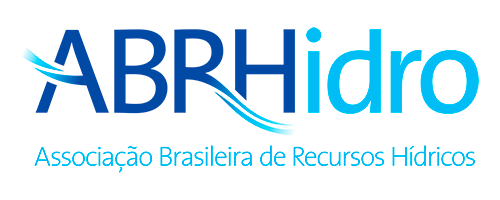9th International Symposium on Integrated Water Resources Management (IWRM) | 14th International Workshop on Statistical Hydrology (STAHY) | I EBHE - Encontro Brasileiro de Hidrologia Estatística
Data: 04/11/2024 à 07/11/2024
Local: Florianópolis-SC
Mais informações: https://www.abrhidro.org.br/iebhe
Modeling Direct Runoff in the Kalu River at Ratnapura Town in Sri Lanka with Synthetic Unit Hydrographs
Código
I-EBHE0100
Autores
Tema
WG 1.05: Comparative understanding of runoff generation processes
Resumo
Direct runoff is a critical factor in the occurrence of flash floods in Ratnapura Town. Understanding the dynamics of these flash floods requires a comprehensive analysis of hydrological events and the various factors that contribute to them. This research seeks to fill the existing gap in knowledge regarding the persistent flash flood issues in the area by applying specific analytical methods and models. The study employs the Rational Method to estimate the peak rate of runoff in the catchment area near Ratnapura Town. This method is well-suited for quickly assessing the runoff potential based on rainfall intensity, catchment area, and runoff coefficient. By applying this method, the research aims to predict the peak runoff rates, providing valuable insights into the flood potential of the region. Additionally, the research incorporates the Snyder synthetic unit hydrograph theory to model the hydrograph of the Kalu River. The Snyder method is advantageous for its ability to simulate the timing and volume of runoff, which is crucial for understanding the hydrograph's behavior during flash flood events. By integrating this theory, the study enhances the accuracy of flood predictions and contributes to a better understanding of the hydrograph's response to rainfall events. Data plays a pivotal role in the analysis. The study utilizes hourly precipitation data collected within the catchment area, along with daily streamflow data from the Kalu River. These datasets are essential for examining the seasonal impact of flash floods and understanding the temporal patterns of precipitation and streamflow. The hourly precipitation data provide detailed information on rainfall intensity and duration, while the streamflow data help in assessing the river's response to precipitation events. The research also explores the relationship between precipitation and streamflow variables, considering various factors that affect direct runoff in the catchment. These factors include land use, soil type, slope, and vegetation cover, all of which influence the infiltration capacity and runoff generation. By analyzing these variables, the study aims to identify key contributors to flash floods and develop a comprehensive understanding of the catchment's hydrological behavior. Furthermore, the study considers the impact of seasonal variations on flash flood events. Ratnapura Town experiences distinct wet and dry seasons, which significantly influence rainfall patterns and runoff generation. The research investigates how these seasonal changes affect the intensity and frequency of flash floods, providing valuable insights for flood risk management and mitigation strategies. In conclusion, this research provides a detailed analysis of direct runoff and its role in flash flood events in Ratnapura Town. The study enhances our understanding of the hydrological processes at play by applying the Rational Method and the Snyder synthetic unit hydrograph theory, along with comprehensive data analysis. The findings aim to support effective flood management practices and raise awareness of the ongoing flash flood challenges in the region. Through this research, stakeholders can develop informed strategies to mitigate flood risks and protect vulnerable communities in Ratnapura Town.

